
Once metal arrived as a medium of exchange, there were advantages to using it. It was more durable. It held its value better and could be divided into exact amounts and fractions. The early monetary system was time-consuming however and required constant weighing and testing for purity to determine value.
THE FIRST COINS
None of these earlier forms of money outlasted the invention of the coin. According to the historian Herodotus, the Lydians were the first people to use coins and the first to install retail shops in permanent locations. Situated between the Greeks to the West and the Persians to the East, the ancient Kingdom of Lydia existed from about 1200 to 546 B.C. Lydia included most of what is now modern-day Turkey in western Asia. It occupied the Anatolia peninsula, exposing its coastline to the Black and Mediterranean Seas. Its coastline, as well as Greek colonies in this area, led to a flourishing trade between these people that brought wealth and prosperity to the region. Evidence indicates heavy Greek influence over the Lydians and the intermingling of their cultures endured for hundreds of years.
KING ALYATTES I
Esta historia es de la edición February - March 2023 de COINage Magazine.
Comience su prueba gratuita de Magzter GOLD de 7 días para acceder a miles de historias premium seleccionadas y a más de 8500 revistas y periódicos.
Ya eres suscriptor ? Conectar
Esta historia es de la edición February - March 2023 de COINage Magazine.
Comience su prueba gratuita de Magzter GOLD de 7 días para acceder a miles de historias premium seleccionadas y a más de 8500 revistas y periódicos.
Ya eres suscriptor? Conectar

13 Kenny Duncan Sr.
NUMISMATIST OF THE CENTURY
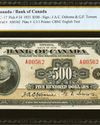
1935 Bank of Canada $500 English Text Boosts Heritage's World Paper Money Auction to Nearly $2M
Currency from Canada showed its might in the Heritage’s World Paper Money Signature Auction held earlier this year.

Central States Numismatic Society Honors Dennis Tucker
Publisher/author receives 2024 Q. David Bowers Award
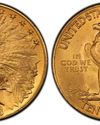
GOLDEN OPPORTUNITIES FOR THE HOBBYIST
JOINING THE NATIONAL COIN CLUB AND WATCHING GOLD
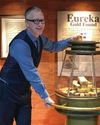
Dwight N. Manley
NUMISMATIST OF THE CENTURY

Len Augsburger
IN CHARGE OF DIGITIZING EVERYTHING NUMISMATIC
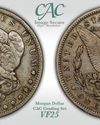
New Photo Guide to Grading Morgan Silver Dollars
SECRETS OF THE CAC GRADING SYSTEM
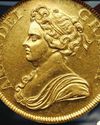
British Rarities Are Shining Star
AUCTION FEATURES PEH COLLECTION HIGHLIGHTS

Coin Learning for Fun & Profit
ARE SUMMER SEMINARS THE FUTURE?
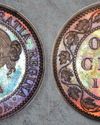
Canadian Coins Are Pretty COOL Eh?
Oh, Canada... The land of ice hockey, poutine, and Tim Horton's coffee has produced scores of beautiful coins that make collectors flip their toques.